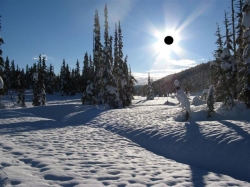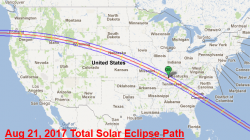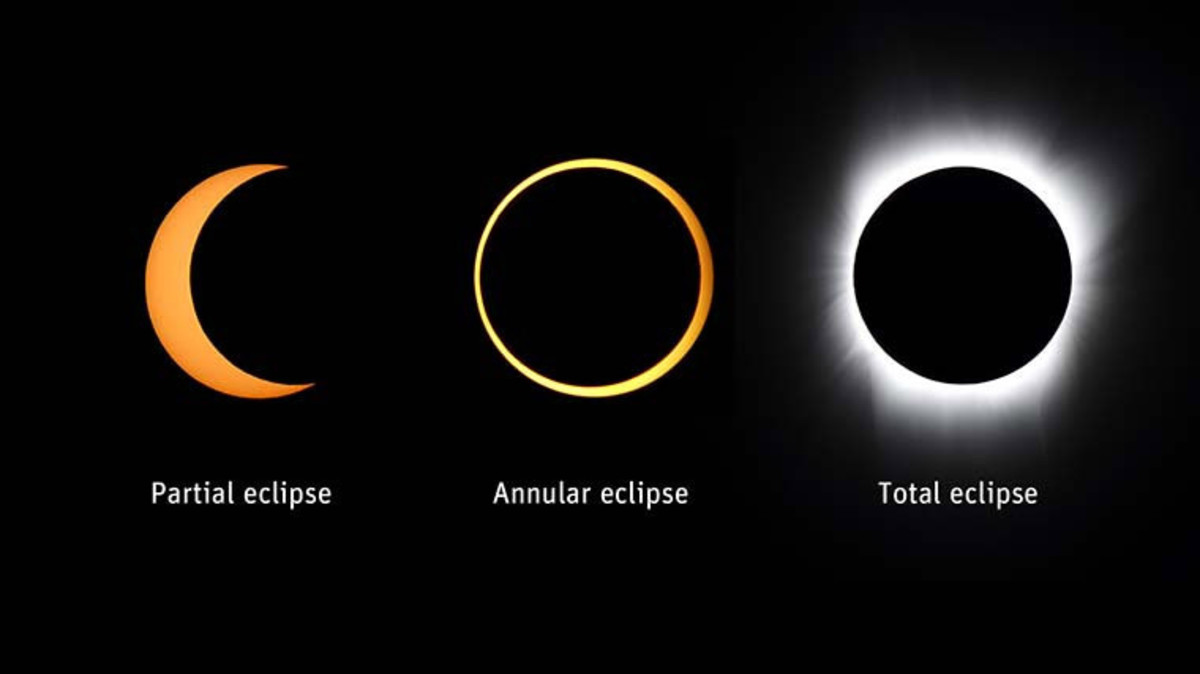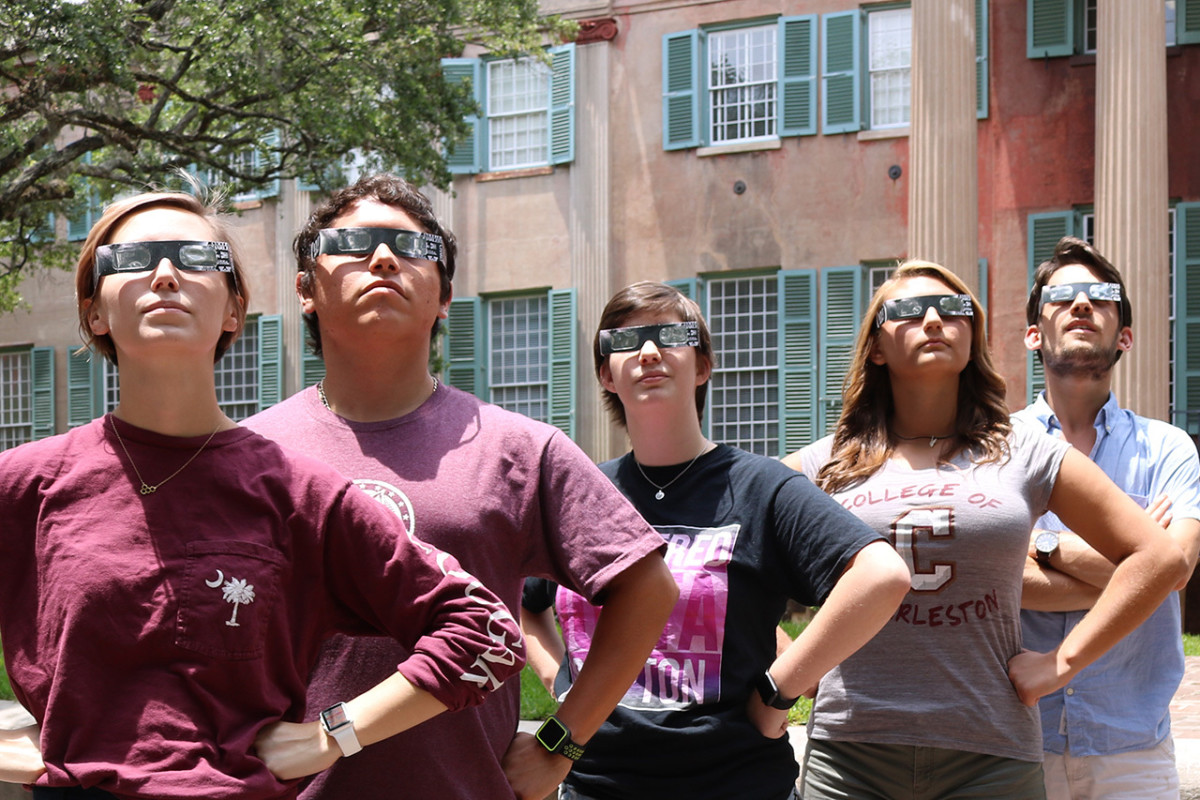The Next Solar Eclipse

Find out about the next Solar Eclipse here
If you have ever seen a total solar eclipse, you know that they bring special experiences to the observers lucky enough to be in the path of totality. You also know that they are very rare. Indeed, all solar eclipses are quite rare. When is the next solar eclipse? Will it be a partial or a total eclipse? Where will it be visible? These are the standard questions that get asked about eclipses all the time. This lens will answer those questions.
Each of the next solar eclipses will be featured here. As the eclipse date passes, the lens will be updated to highlight the next solar eclipse. It will also feature photos and stories from the recently passed eclipse. Check back to find out about the next solar eclipse. You will know when, where and what type of solar eclipse is next.
The May 2013 annular eclipse is the current next solar eclipse. The shadow of the moon mainly travels across the southern Pacific Ocean this time. The shadow path hits the surface in Australia where it will be visible in a narrow band through Western Australia, Northern Territory and Queensland.

The Next Total Solar Eclipse in the United States
...not until 2017
The United States, and all of North America, in fact, has not witnessed a total solar eclipse for many years. The last one to visit was in 1991 when the spectacular event passed across the Pacific Ocean, plunging the big island of Hawaii into darkness. It then landed in Mexico. Prior to that, the USA saw a total solar eclipse in 1979. The next one doesn't happen until August 21, 2017 when the states of Oregon, Idaho, Wyoming, Nebraska, Kansas, Missouri, Iowa, Illinois, Kentucky, Tennessee, Georgia and South Carolina get to experience an eclipse. Despite the fact that this event tracks completely across the country, the actual areas that see the entire spectacle of the total solar eclipse is small. In fact, Iowa, for example, has merely a few square miles in the extreme southwest corner of the state that experiences all phases of the eclipse. Viewers will actually want to bypass this area in order to maximize their excitement.
Rather than standby and experience a less than thrilling total solar eclipse when it visits the United States on August 21, 2017, eclipse fans should move to areas that are directly in the center of the shadow of the moon. At this point, the effects of the eclipse last the longest. Away from the center, the sun will be totally eclipsed for very short periods, as low as one second. Beyond the path of the moon's shadow, the sun will be in partial eclipse only. In order to maximize your eclipse experience, you should move to good vantage points. Be sure to watch the weather as well. Clouds are to be avoided.
Eclipse
State
Eclipse Center
Cities
Eclipse Viewing
Notes
Oregon
Depoe Bay, 1 minute, 58 seconds
First US settlement to witness the total solar eclipse
Oregon
Salem, 1min53s
Eclipse center passes midway between Salem and Albany, 2min
Oregon
Bend
Near miss. Residents should travel north to Madras, 2min3s
Idaho
Boise
Near miss. Residents should travel north to Lime, 2min9s
Wyoming
Jackson, 2min15s
Grand Teton National Park as well
Wyoming
Casper, 2min26s
Wyoming
Cheyenne
Near miss. Residents should travel north to Glendo State Park, 2min27s
Nebraska
Omaha
Near miss. Travel to Grand Island, 2min33s
Iowa
Whole state
Near miss. Travel to St. Joseph, Mo, 2m37s
Missouri
St. Louis
Near miss. Travel to Festus, 2min37s
Illinois
Whole state
Visible near Carbondale, 2min38s
Kentucky
All
View in extreme southwest, Hopkinsville, 2min39s
Tennessee
Nashville
1min56s. 2min39s at Gallatin
Georgia
Atlanta
Near miss. Travel to Anderson, 2min37s
South Carolina
Charleston
Last US settlement to witness the total solar eclipse, 1min44s








